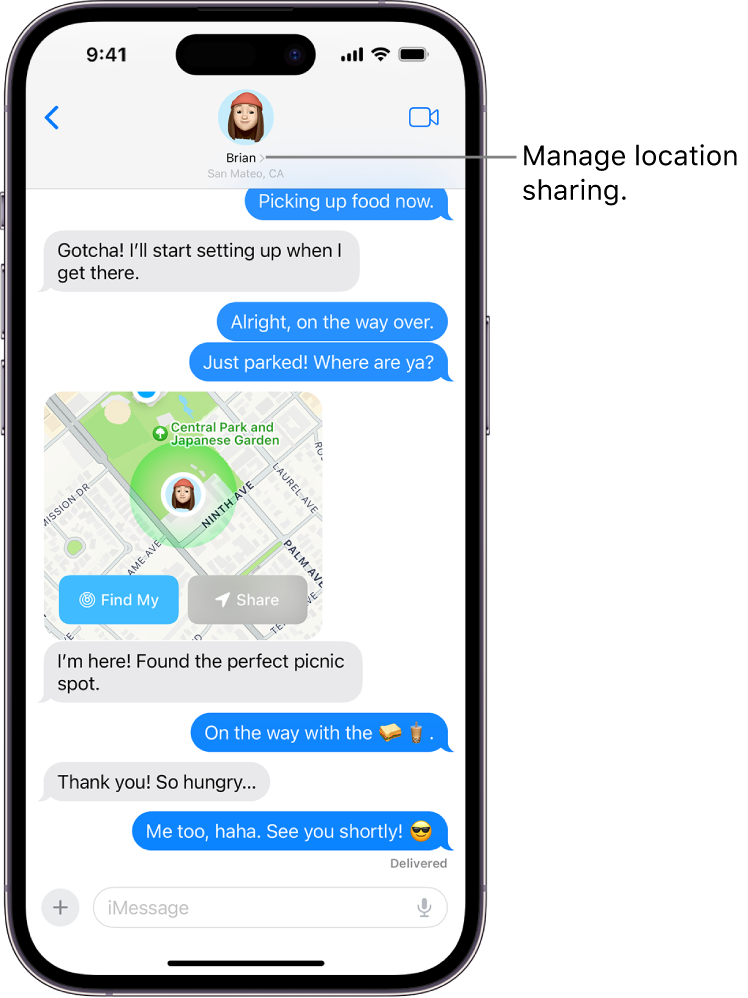What Are The 3 Types Of Augmented Reality?
Augmented reality (AR) is a technology that overlays digital content onto the physical world. It has been used in a variety of industries and applications, from entertainment and gaming to education and healthcare. The three main types of AR are marker-based AR, location-based AR, and projection-based AR. Marker-based AR uses physical markers such as QR codes or markers placed in the physical environment to trigger augmented reality content. Location-based AR uses the user’s current location to trigger augmented reality content. Projection-based AR uses projected images to create augmented reality experiences. Each type of AR has unique benefits and limitations, and can be used to create a wide variety of experiences.
An Overview of Augmented Reality
Augmented reality (AR) is a technology that blurs the line between the virtual world and the physical world, allowing users to interact with digital objects in the physical world. AR provides a unique way for people to interact with a wide range of digital content, such as 3D models, videos, and games. This technology can be used to enhance educational experiences, provide immersive entertainment, and even provide new ways to shop. With the rise of smartphones and other portable devices, AR has become increasingly accessible, allowing people to explore the digital world with just the swipe of a finger. As the technology continues to develop, AR will continue to create opportunities for new and exciting experiences.
Definition of Augmented Reality
Augmented Reality (AR) is a technology that allows virtual objects and information to be overlaid onto the real world. It combines the virtual and real world by layering computer-generated images and data on top of the physical environment. This allows users to interact with a 3D environment, and to see digital models of real-world objects, as well as virtual objects in the physical environment. AR can be used to enhance existing products, and create entirely new experiences that are both immersive and interactive. By taking advantage of advances in mobile technology, AR can provide a more interactive and personal experience, allowing users to interact with the physical world and gain a better understanding of their surroundings.
Types of Augmented Reality
Augmented Reality (AR) is an interactive, digital experience that overlays a layer of information onto the real world. It has grown in popularity in recent years, and there are a few different types of AR available. Visual AR uses devices such as cameras and display screens to create an immersive, interactive experience, such as virtual tours or gaming experiences. Audio AR uses sound to create an interactive experience, such as voice commands or audio-guided tours. Location-based AR uses GPS to create experiences that are tailored to a specific geographical location, such as interactive maps or augmented reality shopping. Finally, object recognition AR uses image recognition to recognize objects and respond with interactive experiences, such as AR art galleries or virtual try-on experiences. All of these types of AR provide unique opportunities to create engaging and immersive digital experiences.
Marker-Based AR
Marker-Based Augmented Reality (AR) is a technology that brings together the real and virtual worlds. It uses markers or triggers such as images, objects, or even QR codes to identify and track specific elements in the user’s environment. When combined with visual and sound elements, the technology can create an immersive and interactive experience that can be used to enhance learning, engage customers, and facilitate collaboration. Marker-based AR is just one type of AR technology, but it is a powerful and versatile tool that can be used to create a wide range of experiences. By allowing users to interact with and manipulate virtual objects in the real world, this technology can revolutionize the way we learn, play, and work.
Location-Based AR
Location-Based Augmented Reality (AR) is a technology that uses real-world locations to create immersive experiences that merge the physical and digital worlds. It enables users to interact with their environment in a totally new way. Through the use of GPS, gyroscope, and camera, users can access virtual content and experiences that are tied to their current location. This technology can be used to create interactive games, immersive virtual tours, or overlays of useful information about the environment around them. Location-Based AR is changing the way people experience the world, and creating new opportunities for businesses to engage customers in exciting and meaningful ways.
Projection-Based AR
Projection-Based Augmented Reality (AR) is a cutting-edge technology that combines digital elements with the real-world environment. It is a revolutionary way to interact with physical objects in a more immersive and interactive way. Through the use of advanced projection technology, users can project digital objects into the real world and interact with them like never before. This technology provides an entirely new way of experiencing the world and offers a variety of possibilities, ranging from educational to entertainment. Projection-Based AR is an incredibly powerful tool and is quickly becoming an integral part of the modern world.
Benefits of Augmented Reality
Augmented Reality (AR) is rapidly becoming a powerful tool for businesses across all industries. With AR, businesses can improve customer experiences, increase efficiency, and drive more sales. By overlaying digital objects onto the real world, AR technology provides users with an interactive and immersive experience. AR can help to improve customer engagement and loyalty, allowing customers to explore products and services in a more interactive and engaging way. It can also be used to improve customer service, as AR can provide customers with real-time support. Furthermore, businesses can use AR to streamline their operations, increasing efficiency and reducing costs. Finally, by providing customers with an interactive and engaging experience, AR can help businesses to drive more sales and strengthen their brand.
Challenges of Augmented Reality
Augmented Reality (AR) is a technology that offers a new level of interaction between the physical and digital worlds. It has the potential to revolutionize the way we interact with the environment around us, but there are a few challenges that need to be addressed before it can become widely adopted. For example, the technology is still in its early stages and the hardware required for it is still quite expensive and difficult to obtain. Additionally, many people lack an understanding of how to use the technology or its potential applications, making it difficult to get people to use it. Finally, AR can be difficult to scale due to privacy and security concerns, making it difficult to deploy at a large scale. Despite these challenges, AR is a powerful technology that could open up exciting new opportunities for the future.
Applications of Augmented Reality
Augmented Reality (AR) is a technology that blends the physical and digital worlds, allowing us to interact with digital information in the real world. It has numerous applications that can enhance our lives. For instance, AR can improve the way we learn by providing interactive visualisations of complex concepts, allowing learners to explore and discover new ideas. AR can also be used to improve the way we shop, allowing us to visualise products in our own physical space, and make more informed decisions. AR also has potential applications in healthcare, providing doctors with real-time information to help make diagnoses and treatments more effective. Finally, AR can be used to make entertainment more immersive, turning physical spaces into interactive gaming environments. By leveraging the power of AR, we can create more engaging and meaningful experiences.
FAQs About the What Are The 3 Types Of Augmented Reality?
Q1. What is Augmented Reality?
A1. Augmented Reality (AR) is a technology that superimposes digital content onto the physical world. This content is usually interactive, allowing users to interact with the AR elements in a variety of ways.
Q2. What are the three types of Augmented Reality?
A2. The three main types of Augmented Reality are Marker-based AR, Projection-based AR, and Location-based AR. Marker-based AR uses a marker or image to trigger the display of a 3D object. Projection-based AR uses a projector to overlay digital content onto physical objects. Lastly, Location-based AR uses GPS and other data to provide the user with contextual information related to their current location.
Q3. How can I use Augmented Reality?
A3. Augmented Reality can be used for a variety of applications, such as gaming, education, product visualization, and more. It can be used to create immersive experiences that allow users to interact with the physical world in a new way.
Conclusion
Augmented reality is an exciting technology that has the potential to revolutionize the way we interact with the world around us. The three types of augmented reality are marker-based, location-based, and projection-based. Marker-based augmented reality uses markers to detect the user’s position and display content. Location-based augmented reality uses GPS and mapping data to provide users with relevant information about their surroundings. Finally, projection-based augmented reality uses projectors to create a virtual environment. Each of these types of augmented reality has unique applications and potential uses, from gaming to industrial applications, and it is an exciting field to explore.



